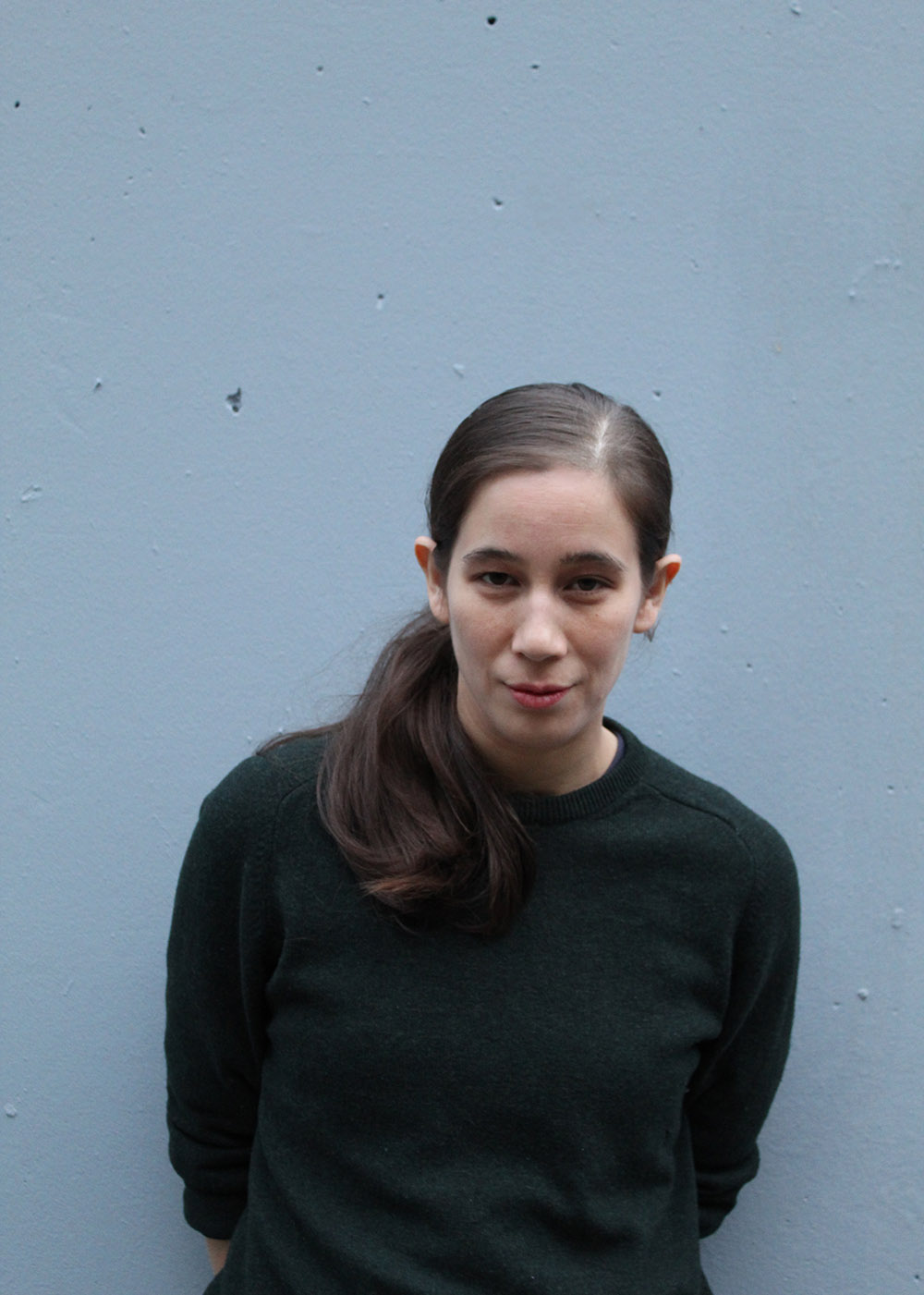du bist was du holst
you are what you take/what you catch/what you go looking for/what you’ve said or heard/what you’ve danced/what your body has imprinted/ what you’ve copied just by seeing it/what you have believed and already adapted
- 2016
Du Bist Was Du Holst
spectacle, danse, documentaire
1h
Through a gallery of portraits made up of gestures, states of being and speech, the choreographer Claire Dessimoz opened up a new cycle of research into the superposition of movement and voice. Wearing headphones, the dancer hears a montage of recorded conversations that she reconstitutes, filtered by her body and voice. The choreographic score enters into resonance with or emancipates itself from the repeated testimonials.
Tanzfestival Winterthur. 22.11.19
Printemps de Sévelin, Sévelin 36 Lausanne.
11.03 - 12.03.17
Théâtre de l'Usine Genève. 15.12 - 17.12.16
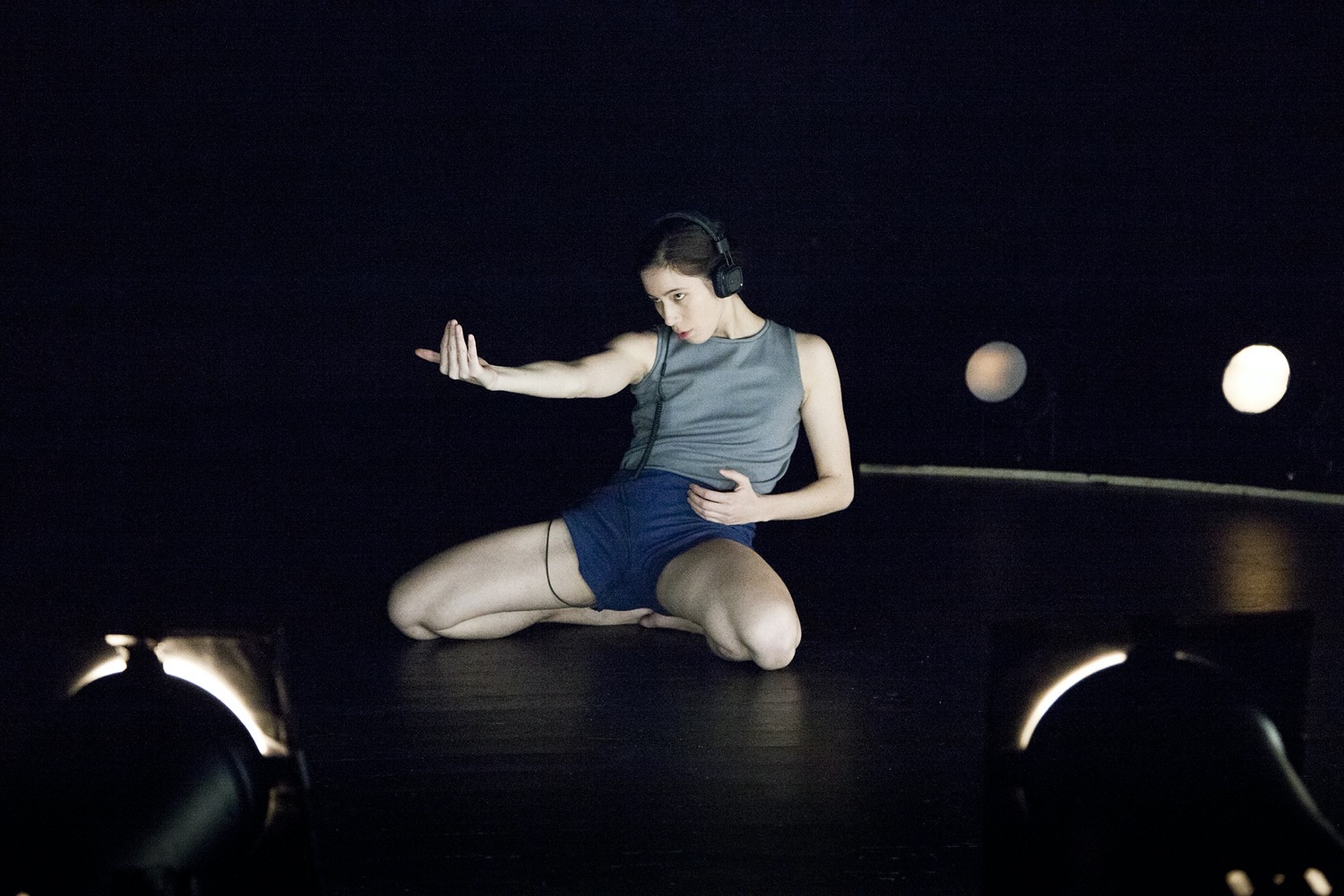
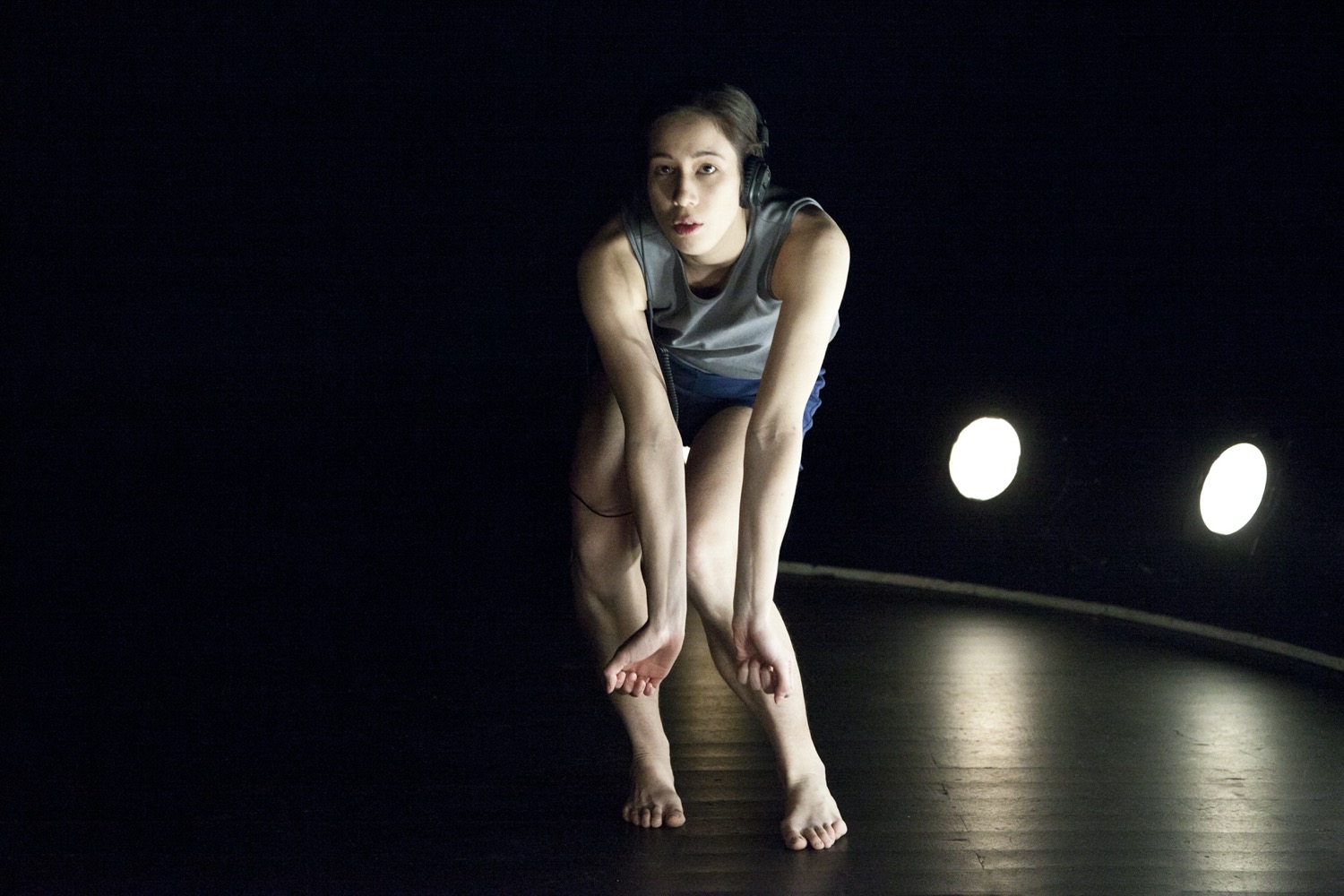
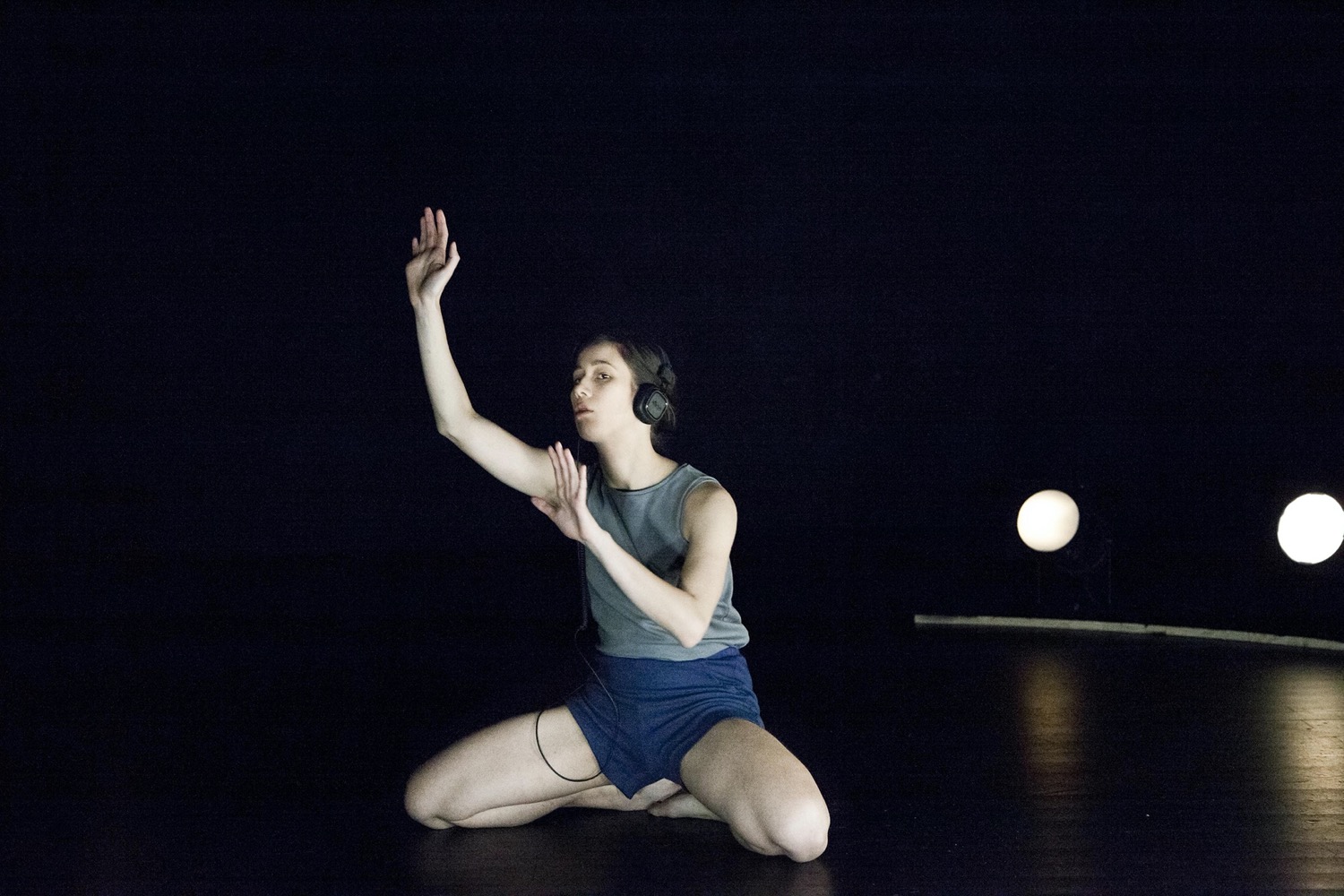
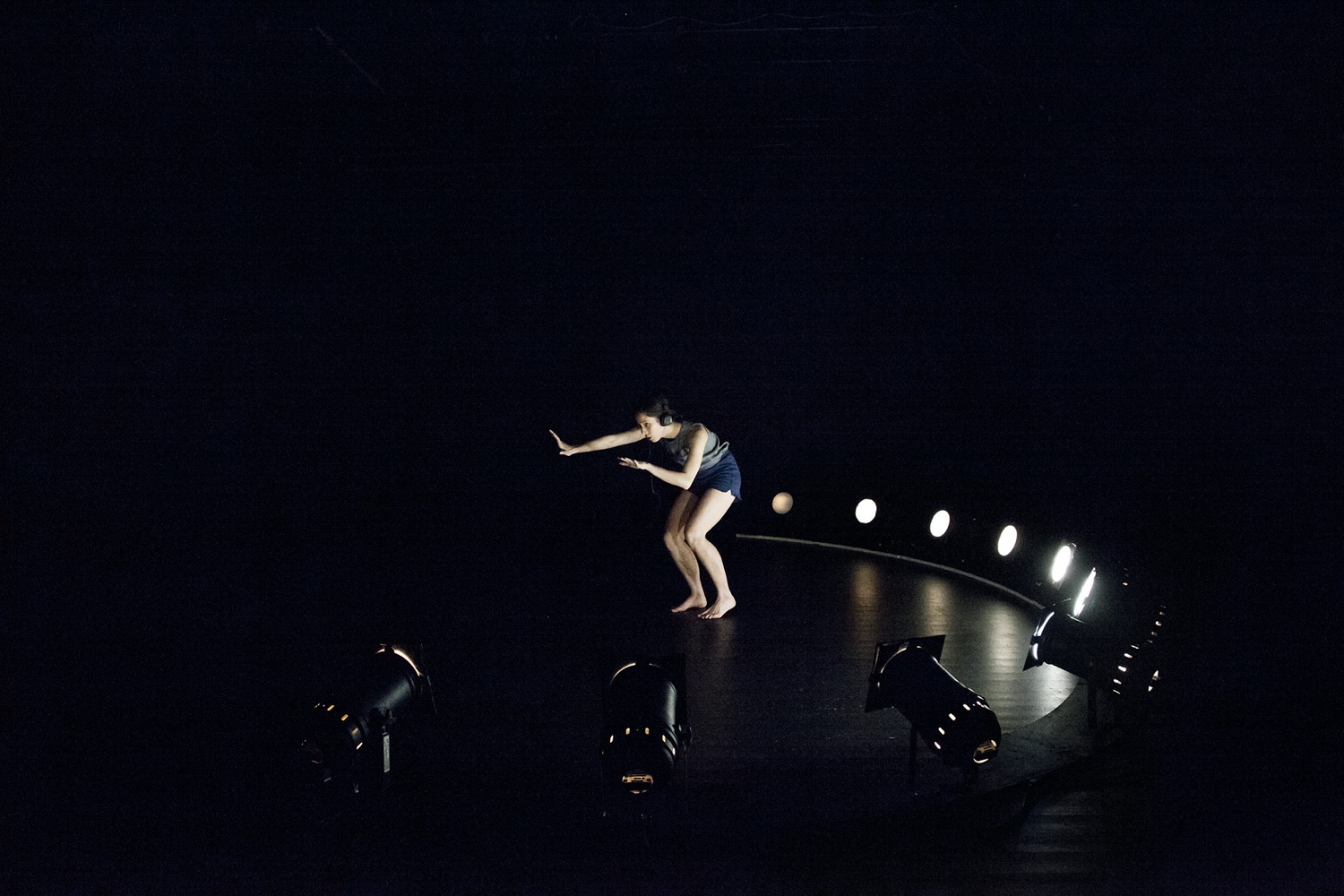
DU BIST WAS DU HOLST explores notions of corporal memory, behavioural mimicry and social conditioning: the body adopts movements we’ve seen and know – traces of intimate gestures or the common postures that abound around us.
With DU BIST WAS DU HOLST the choreographer perused her personal archives, material that has been accumulated arbitrarily or unconsciously. Sorted, classed and conserved in the past, these archives may be reopened at any given moment.
DU BIST WAS DU HOLST tells the fragmented and implicit story of the absorption and appropriation of influences that bodies and beings turn into eternal vectors and witnesses.
“With this piece the choreographer Claire Dessimoz undertakes research in the form of an archaeological exploration into the history and memory of the body. DU BIST WAS DU HOLST is a speleological and phenomenological excavation of the maze of the self and the genealogies that impress upon our corporal and auditory existences. Conceived in the form of a double score, DU BIST WAS DU HOLST is made up of a multitude of fragments as anecdotic as the simple gesture of a hand moving through the hair and as important as a political manifesto. And yet the solo integrates the diversity of these archives into its substance, in order to reconstitute them on equal footing, as moving and surprising as life itself. “ Laurence Wagner, former director of the Théâtre de l’Usine
